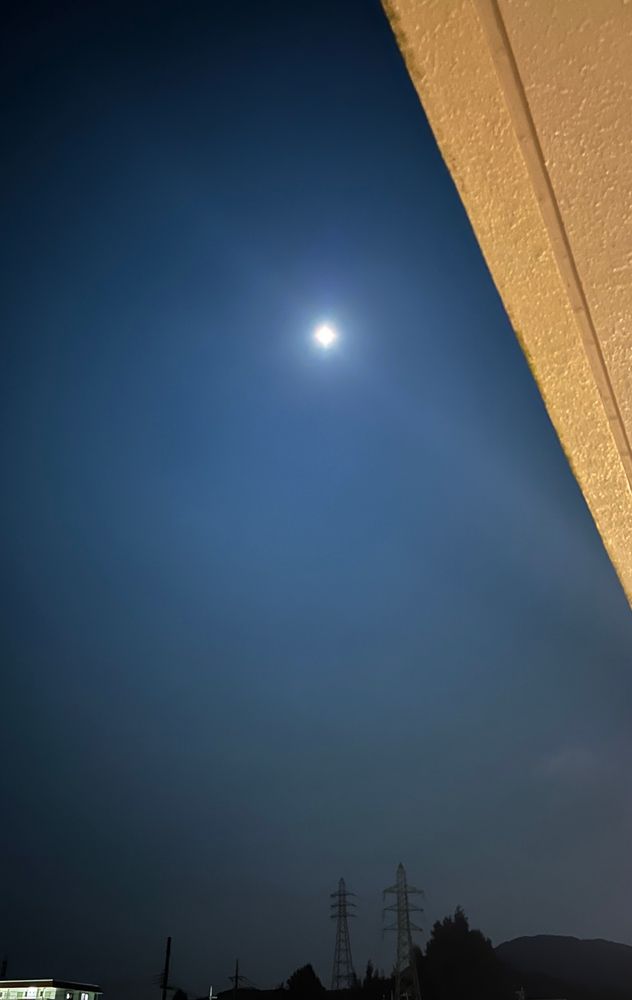
Daohan "Rex" Jiang
@rexjiang.bsky.social
1.2K followers
620 following
240 posts
Evolutionary biologist; postdoc @oistedu.bsky.social; evolutionary theories | complex traits | evolutionary novelties
Views are my own.
https://rexjiang385518549.wordpress.com/
Posts
Media
Videos
Starter Packs
Daohan "Rex" Jiang
@rexjiang.bsky.social
· Sep 19
Daohan "Rex" Jiang
@rexjiang.bsky.social
· Sep 19
Active behaviour of terrestrial caterpillars on the water surface
Most butterfly and moth larvae (Lepidoptera) are terrestrial. When terrestrial caterpillars accidentally fall into water, they may drown or be preyed upon by aquatic predators before they can safely r...
peerj.com














